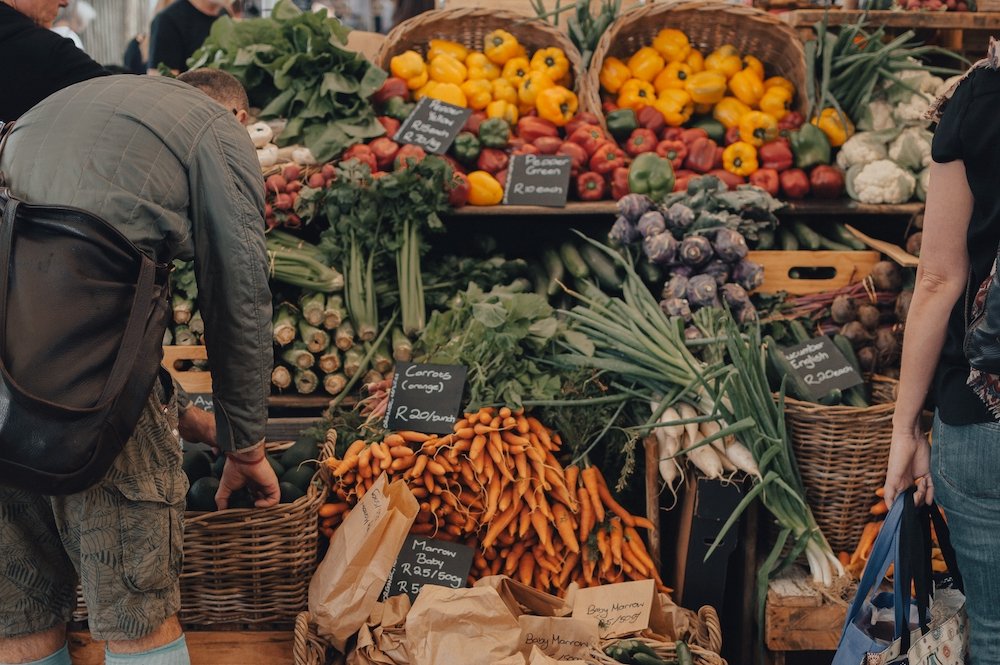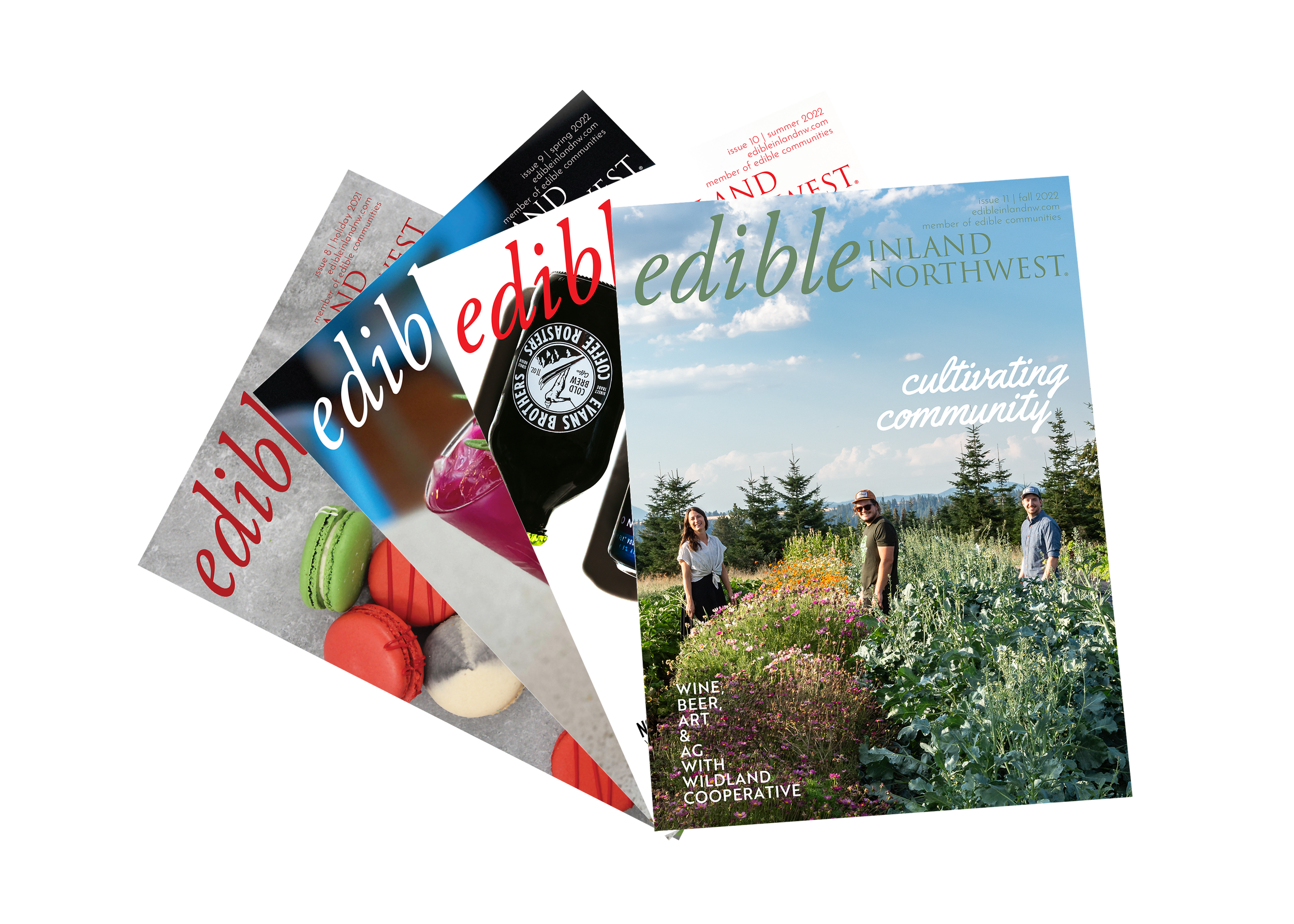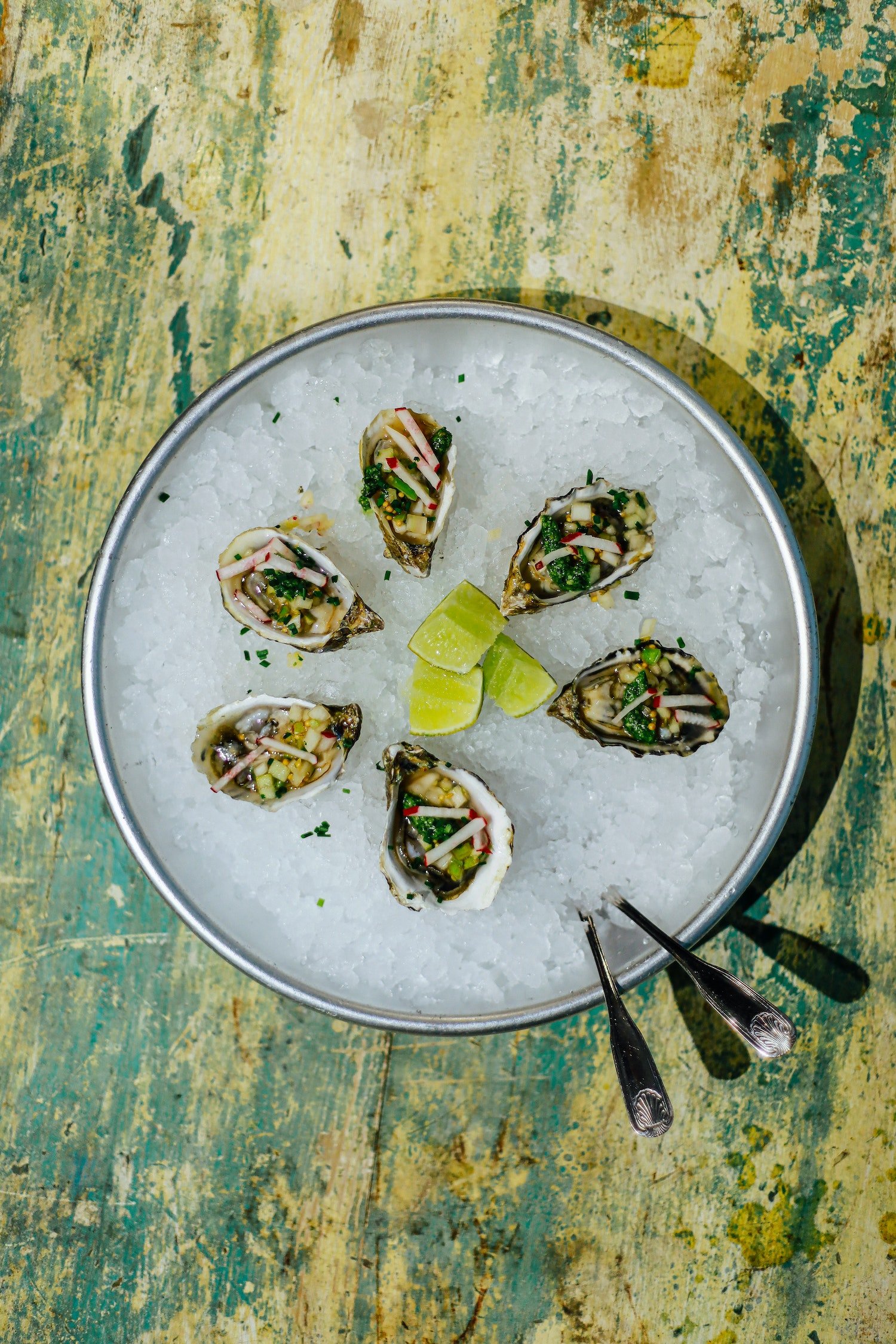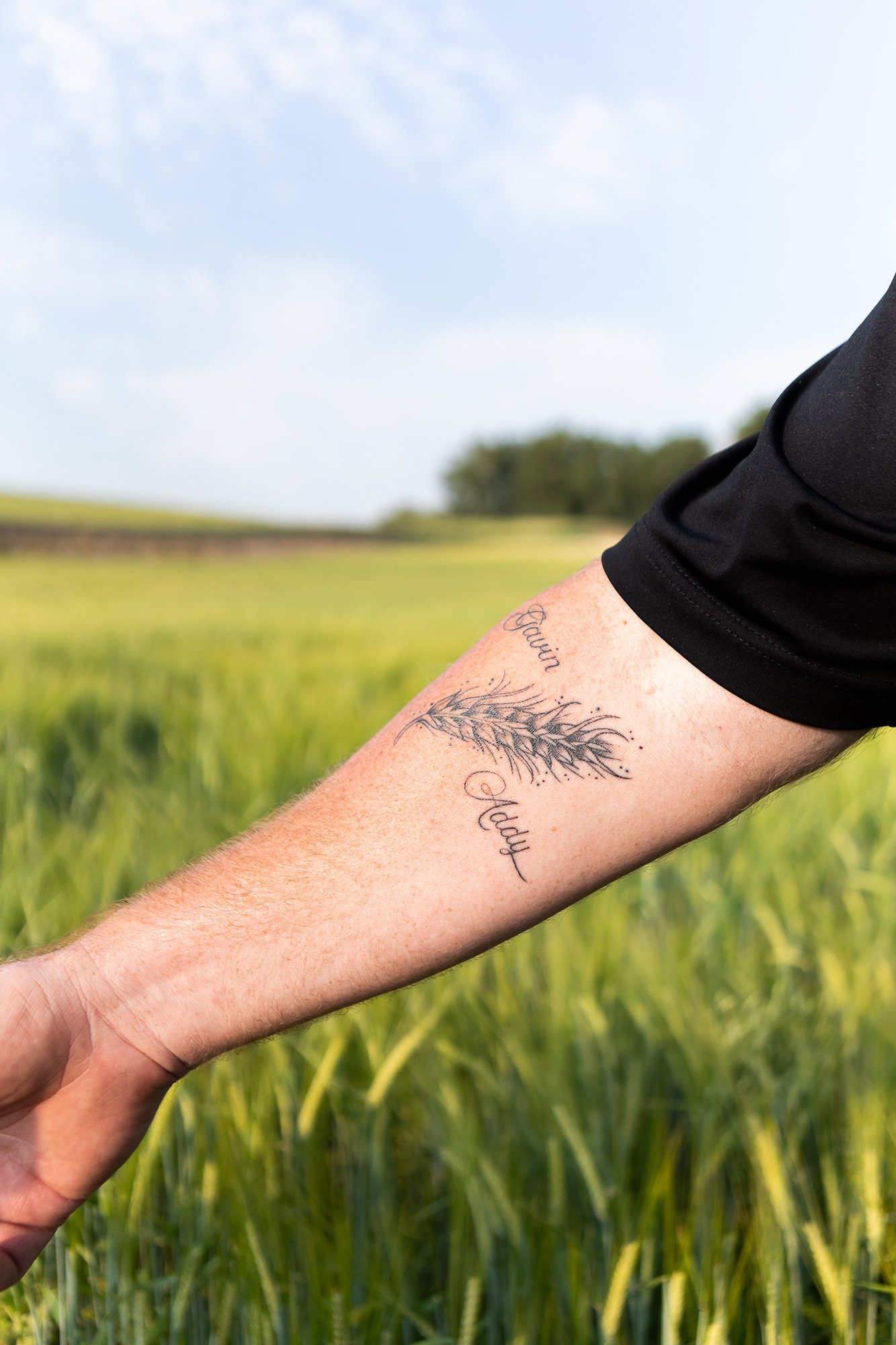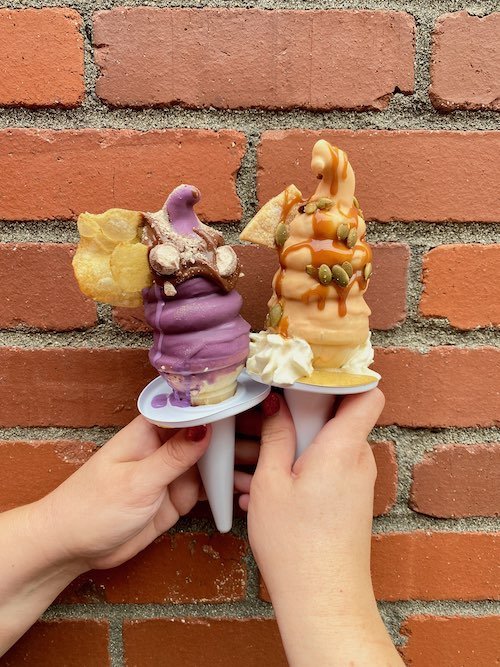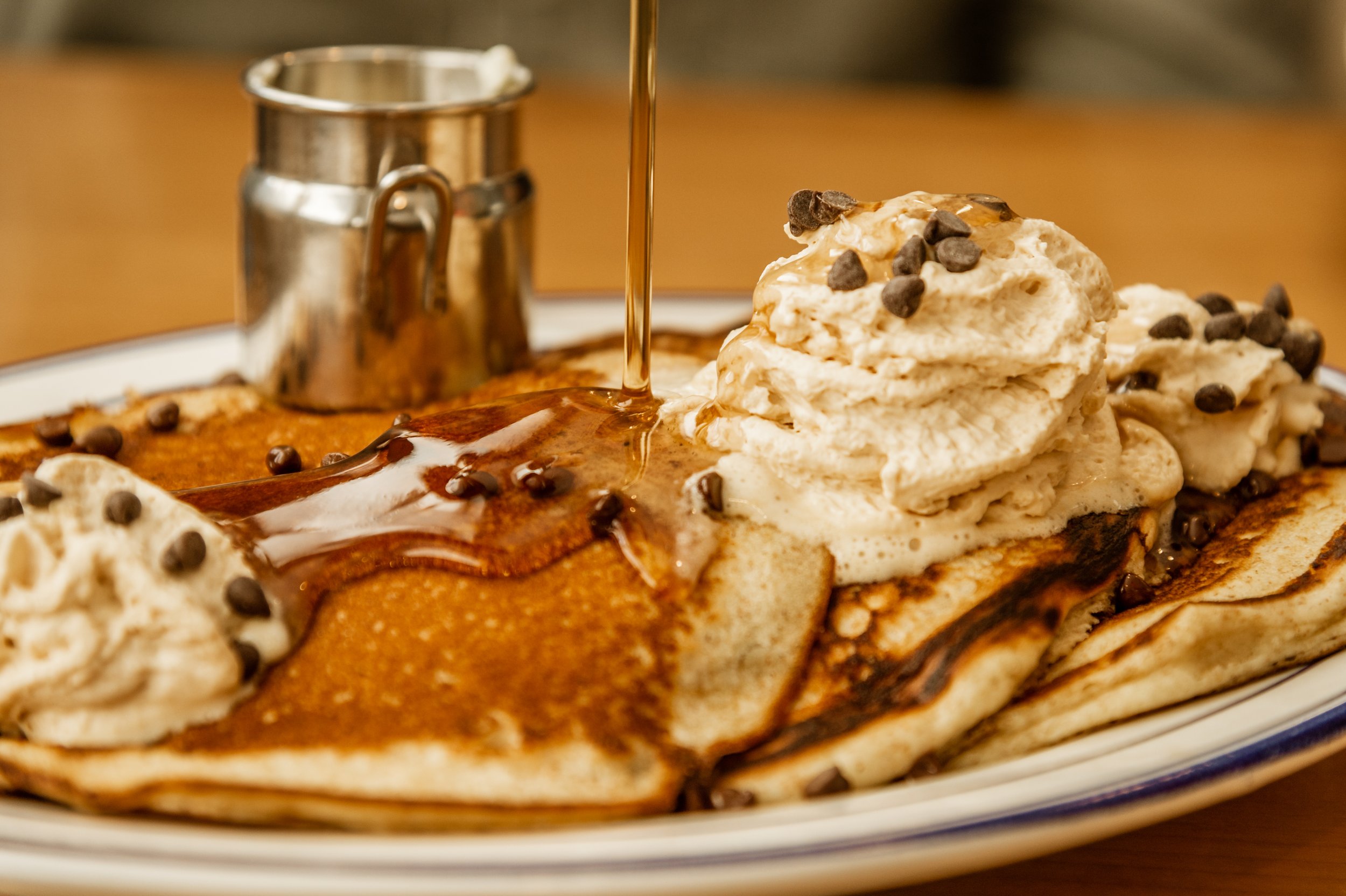For the Love of Goats
For the Love of Goats
Cheesemaking at Quillisascut Farms with Dr. Casey
BY SYDNEY FLUKER
I interviewed Dr. Casey for the summer edition’s Food as Farmacy preview at a time when my to-do list ran miles long. I was due to present my thesis at Gonzaga University that weekend and my nerves were the ones in control of my mind. I felt scattered and anxious and utterly unprofessional.
I opened the Zoom room in between assignments with my notepad of questions in front of me, ready to report before diving back into my seminar homework. Unexpectedly, Dr. Casey interviewed me for the first five minutes, asking about my thesis progress and future plans, and she listened. Our interview flowed naturally and 45 minutes later, we were hanging up the call, excited to meet again in person at the first Food as Farmacy event.
I set out for Quillisascut Farms in Rice, Washington, early on Saturday morning with Nico, whose photos make this article better, unsure of what to expect but ready to make goat cheese anyway.
Upon arrival, Dr. Casey greeted us with hugs, asking me if I had heard back from my program and how graduation was with all my family in town. We caught up like old friends, despite it being our first time actually meeting, before she led us into the schoolhouse.
Rick and Lora Lea Misterly are no strangers to welcoming strangers to their farm — Quillisascut Farms hosts many workshops and retreats, ranging from culinary arts workshops to slow living weekends. Rick and Lucy, the adorably fluffy ball of sunshine pictured below, greeted us with open arms, while Lora Lea flurried about the kitchen preparing our community lunch. People milled about the house, sipping Dr. Casey’s sage and lemon balm tea and introducing themselves to one another.
Food as Farmacy’s first session filled up — Dr. Casey had even added an extra spot for a husband to tag along. The group of us ranged in ages and regions, the furthest traveling from Olympia to this little spot nestled along the banks of the Columbia River. Some were here for their interest in naturopathic healing and homesteading while others showed up for their love of cheese.
Rick started us on the farm tour, beginning with the room where it happens. The Misterly’s USDA-approved cheesemaking setup attached to their home was, like everything else on their homestead, built by them. They supported their off-the-land lifestyle through selling hard goat cheese for almost 40 years until two years ago, when the couple decided not to renew their license.
Next, we moved to the barn where the goats are milked twice daily. Once Rick had milked the goats, Lora Lea made the cheese — both routines that could not be missed when the two farmers were responsible for nearly 10,000 pounds of cheese a year.
Dr. Casey stopped us to call attention to the weeds at our feet, namely the pineapple weed that grows in abundance this time of year. The little yellow bulb really does smell like pineapple, despite its belonging to the chamomile family, and can be dried to use as tea or in salads.
We wander through the barn and into the garden, where the Misterly’s grow most of the things they eat. Peas, garlic, carrots, beets, onions, potatoes, cabbage and more, the garden rows grow undisturbed by insecticides. Fruit trees line the side of the garden that overlooks the spacious enclosure where the goats roam, their trunks affected by diseases previously nonexistent in our area. Rick’s favorite trees are the Italian prunes, which are thankfully expecting a full bloom this year.
It's easy to see why Dr. Casey fell in love with the farm when she first began coming in 2016. Beetles and ladybugs crawl under our feet as Rick explains that he leaves his grass tall so the bugs have a home there. He’s a cautious weeder, being sure to leave some of the non toxic weeds for the bugs that help manage them. Even the weeds are on this earth for a reason.
We returned to the schoolhouse to a hearty meal sourced almost entirely from Quillisascut Farms. Lora Lea’s chèvre sat atop her thinly sliced homemade sourdough, spring asparagus and pickled onions nestled together with an herb mix for garnish. A side of DIY (dress-it-yourself) fresh spring salad served as a light counterpart to the stars of the meal: the minestrone and chèvre and Jacob’s cattle bean soups.
Food as Farmacy encouraged us to rest and digest during our community meal, to enjoy the company of the new friends around us. Per Dr. Casey’s suggestion, I thought of the hands that the food passed through to reach its place on my plate and in my bowl. Though the exchange was short, from the Misterly’s to us, the reflection sprouted an increased sense of connection to the meal in front of us.
To Dr. Casey, the farm is “a chef’s dream” — everything a chef needs can be found within its range. The herbs we used in our final activity, making the goat cheese, were harvested by Lora Lea and Dr. Casey that morning for us to press and mold into our personal mound of cheese.
The 15 of us gathered around the table once again, this time to watch Lora Lea perform the magic she’s perfected from nearly forty years of cheesemaking and a lifetime of farm living. She explained why homemade cottage cheese has a slight yellow tint to it as her hands mindlessly stirred the milk, waiting for the temperature to reach 90 degrees. In true Julia Child fashion, the cheese from the day before was brought out for us to work with, since we didn’t have the time to wait overnight. We smelled the whey and watched as the cheese was strained of its final moisture. Then, Lora Lea grabbed the second pot.
This time, we got to taste fresh ricotta, still hot from the pan. After following a similar warming process, apple cider vinegar is added to help the goat milk coagulate like good ricotta should. Lora Lea handled the actual process by herself, us students watching in awe as she maneuvered around the stove. We were left with just the fun stuff — little mounds of pre-made goat cheese with fennel, dill, chopped herbs, sage leaves and edible flowers available for us to use to decorate our log (and cookies to snack on, of course).
We said our goodbyes to the farm and to one another, taking with us our cheesy treasure and inspiration to use our food as medicine.
A few days later, I remain amazed at how easy making your own cheese really is. And as I sit here, snacking on rosemary potatoes and chipotle mayonnaise while I write, I cannot help but think of the many hands that brought this fuel to my plate. For that, I have Food as Farmacy to thank.
Photo by Nico Lopez
Preparing for these classes also takes time. Flavor says it's easy to get caught up in autopilot and that writing her recipes down to be used by the students later allows her to think through her recipes on a deeper level.
“It’s definitely a learning experience for me, too,” Flavor says. “I feel like I learn just as much as they do, but in a different way.”
Some students, like Mia Person, a senior at GU, cook regularly for themselves and have even taken cooking classes before. Person liked Flavor’s hands-off style more than the previous classes she’s taken, which she says moved at a more unified pace that sometimes left her feeling rushed and confused.
“I’m glad we could be partnered up so that we could figure out stuff together because it was a really hands-off process,” Person says. “We just figured it out along the way instead of being babied, and I liked that.”
Anna Hermes, the coordinator for the student organization, collaborated with Wanderlust last year for a similar cooking series. This year, when the organization was deciding what to host, Hermes insisted on heading back to the kitchen.
“I just loved it,” Hermes says. “It was such a great moment for building community. When we went last year we met a wonderful group of grad students and had such a wonderful experience, and I feel like that’s what GSBA events are supposed to be there for. I was super excited that we did it again and I got to come back because I love to cook, eat food and just be with wonderful people.”
Though Hermes and Person were more on the experienced side of those in the kitchen, neither had cooked the dishes they were stationed at — crème brûlée and risotto, respectively.
Flavor even lets the crème brûlée team use a blowtorch.
“It’s fun to get to learn to make something more elaborate, but still pretty simple,” Hermes says. “I’ve never used a torch before, either, so that was really cool.”
Flavor is teaching a series of classes this April in the Wanderlust kitchen, along with a few other local chefs. Check out their website or swing by in person for more information.
421 W. Main Ave., Suite 103
www.wanderlustdelicato.com













